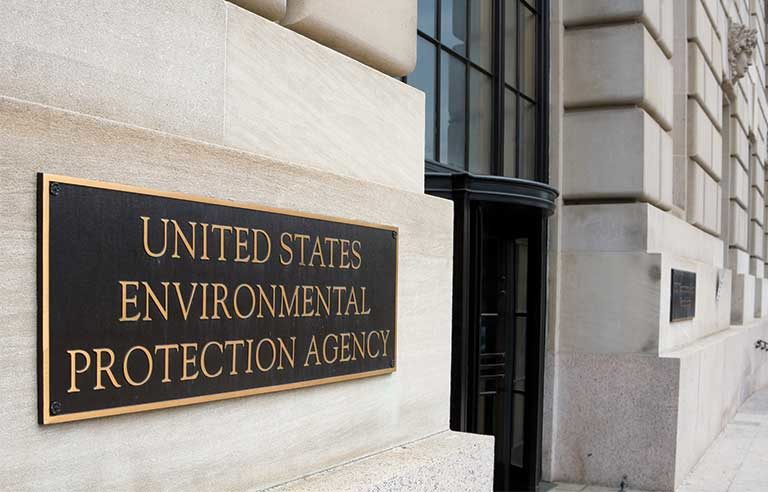Methylene chloride an ‘unreasonable’ risk to some workers, EPA says

Washington — Methylene chloride poses “unreasonable” risk to workers under certain conditions, and the Environment Protection Agency will take action “to identify and apply measures that will manage these risks,” according to a final revised risk determination published Nov. 10.
In a Federal Register notice, EPA states that, as a whole chemical substance, methylene chloride – which NIOSH says has contributed to the deaths of multiple workers performing bathtub refinishing – presents unreasonable risk of injury to human health under 52 of the 53 conditions of use studied, including:
- Plastic and rubber manufacturing
- Electrical equipment, appliance and component manufacturing
- Oil and gas drilling, extraction, and support activities
- Adhesive/caulk removal
- Cold pipe insulation
- Aerosol and non-aerosol degreasing and cleaning
Methylene chloride is among the first 10 chemicals under evaluation for potential health and environmental risks under the Frank R. Lautenberg Chemical Safety for the 21st Century Act. The risk determination, which follows a draft revised final risk evaluation published in the July 5 Federal Register, is consistent with EPA’s June 2021 announcement to change certain aspects of the process under the Lautenberg Act with the objective of ensuring “the public is protected from unreasonable risks from chemicals in a way that is supported by science and the law.”
A corresponding action includes using a “whole substance” approach when determining unreasonable risk – rather than basing determinations on separate conditions of use – as well as revisiting the assumption that personal protective equipment is always provided and worn properly by workers when making risk determinations.
EPA says that although “there could be occupational safety protections in place” at workplaces, not assuming use of PPE covers the agency presumption that various worker subpopulations may face accelerated exposure to methylene chloride if:
- They’re not covered by OSHA standards.
- Their employer isn’t in compliance with OSHA standards.
- OSHA considers many chemical-specific permissible exposure limits “outdated and inadequate for ensuring protection of worker health.”
- The PEL alone may be inadequate for ensuring protection of worker health.
- EPA finds unreasonable risk for purposes of the Toxic Substances Control Act notwithstanding OSHA requirements.
Possible agency regulatory options include “prohibitions or requirements that limit the manufacture, processing, distribution in commerce, commercial use, or disposal of this chemical substance, as applicable.”
Post a comment to this article
Safety+Health welcomes comments that promote respectful dialogue. Please stay on topic. Comments that contain personal attacks, profanity or abusive language – or those aggressively promoting products or services – will be removed. We reserve the right to determine which comments violate our comment policy. (Anonymous comments are welcome; merely skip the “name” field in the comment box. An email address is required but will not be included with your comment.)

